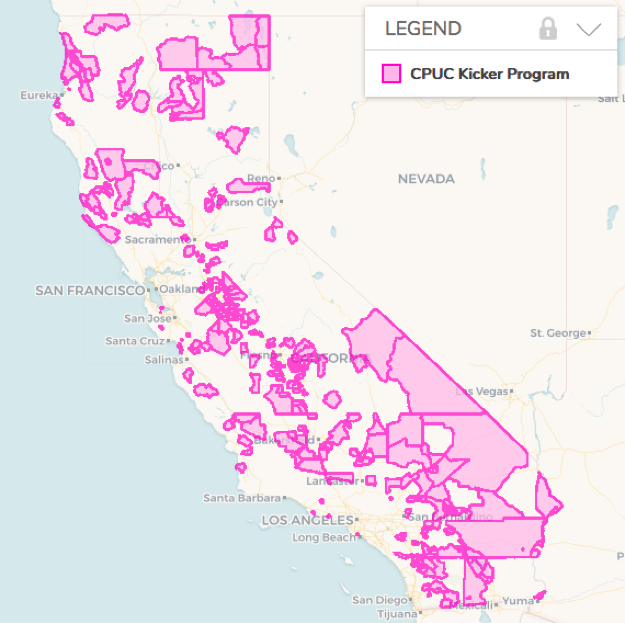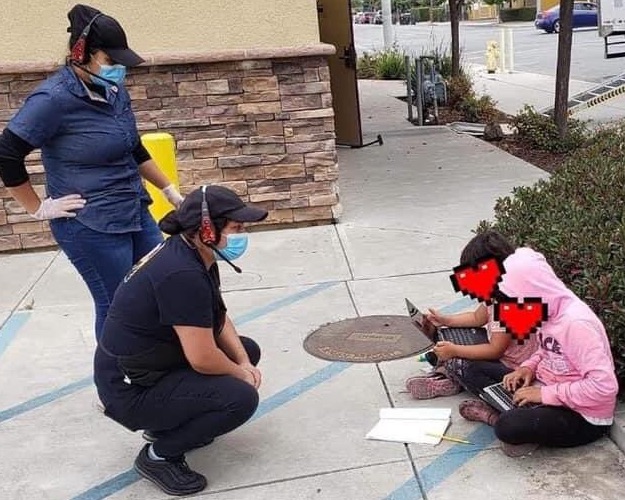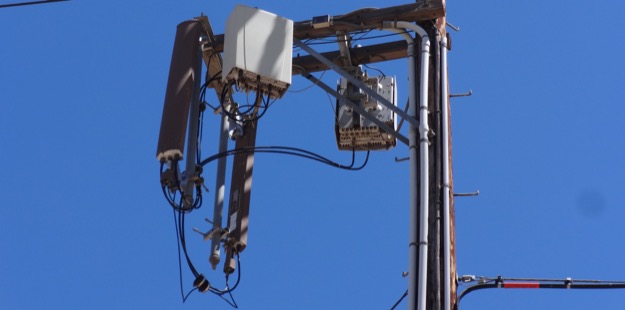Frontier’s broadband monopoly leaves hundreds of thousands of rural Californians without fiber or choices
The California Public Utilities Commission took another run at the numbers and the conclusion is the same: 69,000 low income Californian households live in places where the only wireline telecommunications company is Frontier Communications, which is their sole source for wired broadband service only if Frontier considers it profitable enough to offer it in the first place.
An updated report – a “collection of facts” as the CPUC calls it – was prepared by staff as part of the commission’s review of Frontier’s bankruptcy settlement.… More


![Slowking4 [GFDL 1.2 (http://www.gnu.org/licenses/old-licenses/fdl-1.2.html)] Open internet dont tread on me 2](https://www.tellusventure.com/images/2019/open_internet_dont_tread_on_me_2.jpg)

![By Joker Poker [CC BY 2.0 (https://creativecommons.org/licenses/by/2.0)], via Wikimedia Commons](https://www.tellusventure.com/images/2017/3/gambling_table.jpg)




![By Charles O'Rear, 1941-, Photographer (NARA record: 3403717) (U.S. National Archives and Records Administration) [Public domain], via Wikimedia Commons](https://www.tellusventure.com/images/2016/5/copper_fog.jpg)
